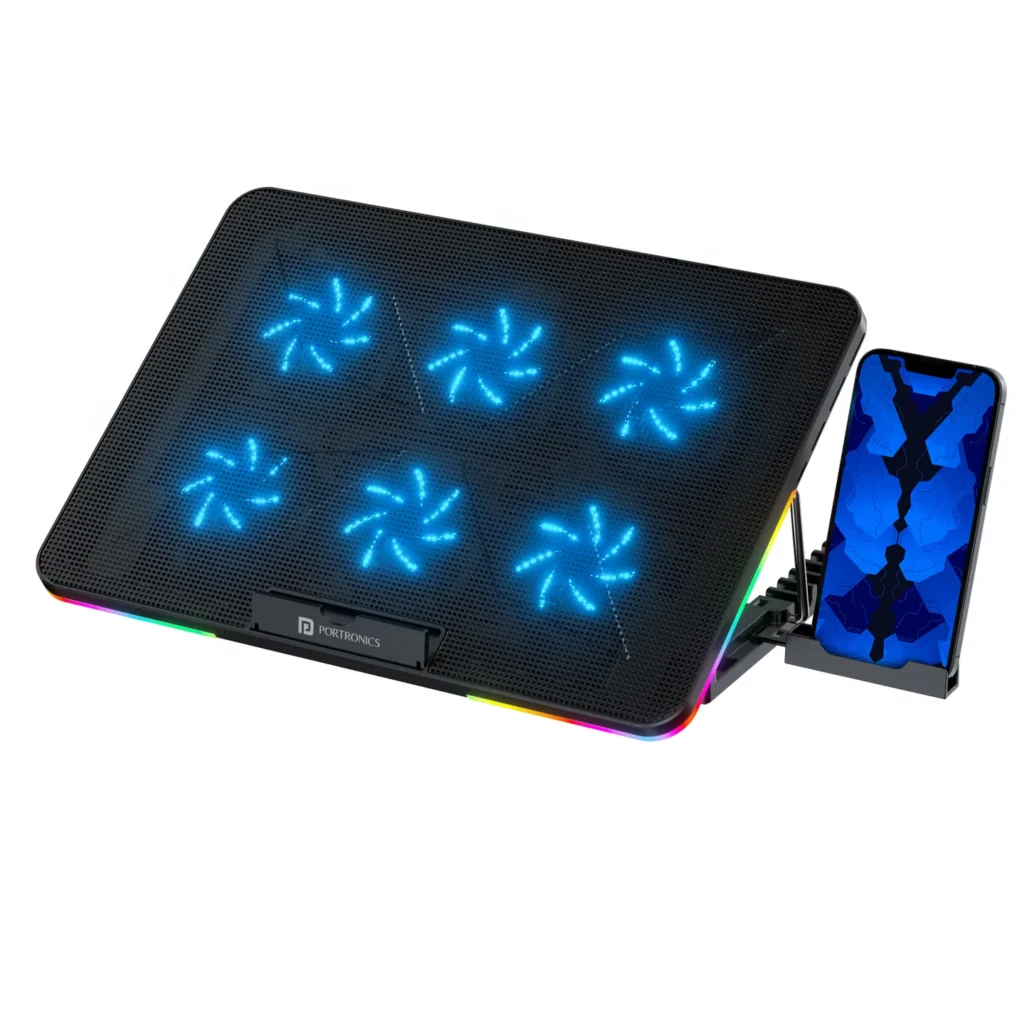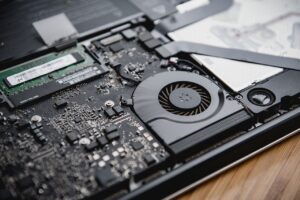Laptops are essential tools we use every day, but they can often get too hot, which can slow them down and cause damage. Knowing why your laptop overheats and how to fix it can help keep it running well for a long time.

Why is my Laptop Heating?
In today’s digital era, laptops are essential for work, education, and entertainment. However, one common issue many users face is Laptop overheating. An overheated laptop can negatively affect performance and potentially damage internal components. To keep your laptop running smoothly and extend its lifespan, it’s crucial to understand why it overheats and how to fix it. This article will explore the causes of laptop overheating, how to identify it, and practical solutions to fix and prevent it.
How Do I Know If My Laptop Is Overheating?
Identifying an overheating laptop involves recognizing certain signs that indicate your system is getting too hot. Here are some common signs to watch for:
- Loud and Continuous Fans: If the fans inside your laptop are running loudly and continuously, it indicates that the system is working hard to cool down the internal components.
- Excessive Heat: The device feels excessively hot to the touch, especially around the keyboard and bottom areas. This is a clear sign that your laptop is overheating.
- Performance Issues: You may notice frequent performance issues, such as lagging or unexpected shutdowns. These problems occur because the internal components are overheating and cannot function properly.
- Reduced Performance During Demanding Tasks: While playing games or running demanding applications, your laptop may stop responding or exhibit significantly reduced performance. This is due to the system throttling to manage heat.
Why Is My Laptop Fan So Loud?
Is your laptop fan suddenly sounding louder than usual? There could be two main common reasons behind this: overheating or a malfunctioning fan. Overheating often occurs when your laptop is overworked, causing the fan to kick into overdrive to cool the system. This can lead to potential damage if left unchecked.
Another common issue is dust accumulation, which hampers airflow and forces the fan to work harder. Whether it’s from intense usage or poor ventilation, understanding these factors can help you address the problem and keep your laptop running smoothly.
How to fix an overheating Laptop?
1. Removing Dust for Efficient Airflow:
- Regularly inspect and clean the laptop’s internal components, including the fan blades and heat sinks, to prevent dust buildup. Consider using a laptop vacuum cleaner designed specifically for removing dust from electronic devices for thorough cleaning.
2. Checking for Wear and Tear:
- Extend the inspection to other external components such as the keyboard, trackpad, and hinges to identify any signs of wear and tear that may affect performance or durability. Replace damaged or worn-out components promptly to prevent further issues and ensure optimal functionality.
3. Using Original/Certified Charger:
- Avoid using third-party chargers even if they claim to be compatible, as they may not provide the correct voltage or current, leading to potential damage to the laptop’s battery or charging circuitry. Verify the authenticity of the charger by checking for certification marks or labels from reputable manufacturers.
4. Preventing Unnecessary Apps and Processes:
- Regularly check the programs that start up with your computer and the background processes to find and remove any new or unneeded applications that slow down your system. Use user-friendly software tools to help manage these startup programs and improve your computer’s performance.
5. Using a Laptop Cooling Pad:

- Choose a cooling pad with adjustable fan speeds and ergonomic design features for maximum comfort during extended usage periods. Consider investing in a cooling pad with additional features such as built-in USB hubs or adjustable tilt angles for added convenience.
6. Keeping the Room Cool:
- Strategically arrange your furniture and electronics to maximize airflow and ensure your laptop stays in a cooler environment. Position heavy pieces away from windows and avoid clutter around your workstation to promote natural air circulation. Enhance the room’s coolness by employing thick curtains, blackout blinds, or reflective shades to effectively block the harsh midday sun, keeping temperatures down and creating a more comfortable and efficient workspace.
7. Updating BIOS Settings:
- Consult the laptop manufacturer’s website or support resources for the latest BIOS updates and firmware patches to address known issues related to overheating or thermal management. Follow best practices for BIOS configuration, such as enabling fan control options or adjusting power-saving settings, to optimize temperature regulation and performance.
8. Running the Power Troubleshooter Menu:
- Explore additional troubleshooting tools and diagnostic utilities provided by the laptop manufacturer or third-party software vendors to identify and resolve specific overheating issues. Consider seeking assistance from online forums or tech support communities for expert advice and guidance on troubleshooting complex software-related problems.
9. Changing the Laptop’s Power Plan:
- Experiment with different power-saving modes and configurations to find the optimal balance between performance and energy efficiency based on your usage patterns and preferences. Monitor system performance metrics and temperature readings using specialized software tools or utilities to fine-tune power plan settings for maximum effectiveness.
10. Replacing CPU Thermal Paste:

Research and compare different types of thermal paste products available on the market to find the most suitable option for your specific laptop model and thermal management requirements. Consider seeking professional assistance or guidance from experienced DIY enthusiasts or online tutorials when performing advanced hardware maintenance tasks like replacing thermal paste to avoid potential risks or complications.
Conclusion
In conclusion, maintaining your laptop’s temperature is crucial for its performance and longevity. By following the tips outlined in this article, you can effectively manage overheating issues and ensure smooth operation of your device. Remember to regularly clean the internal components, use original chargers, and optimize system settings for better airflow and cooling. Additionally, investing in a cooling pad and keeping your workspace cool can further mitigate overheating risks. Taking these proactive measures will not only enhance your laptop’s performance but also extend its lifespan, ultimately saving you time and money in the long run.


Insightful